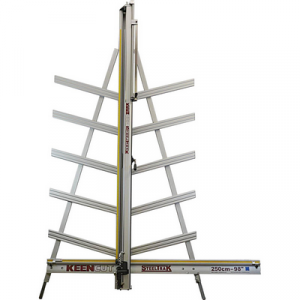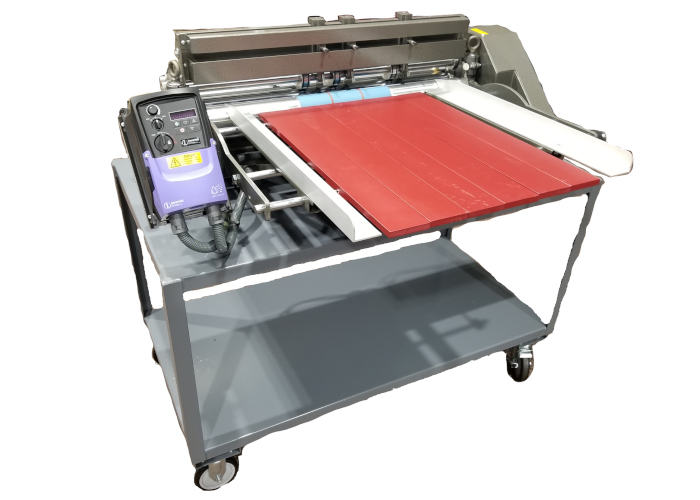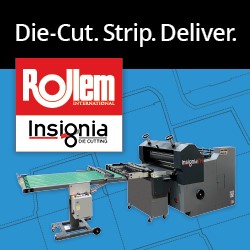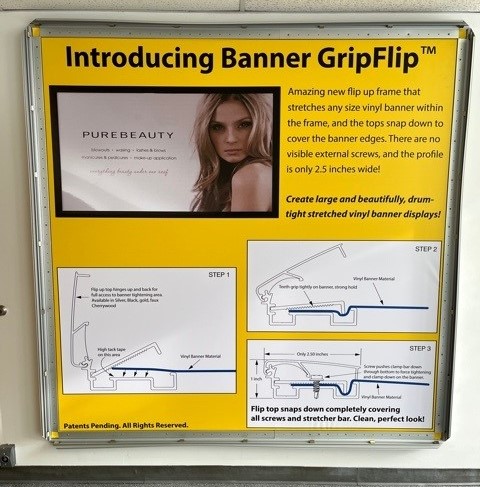Wide-format Printing: How dye sublimation works

Dyes vs. inks
In today’s wide-format graphics industry, dye sublimation is often handled through digital inkjet printers, but this can cause some confusion, as the process does not use an ink per se. Instead, the fluid stored in the inkjet cartridge is simply the carrier of the dye. This carrier remains on the transfer paper and only the dye itself migrates from the paper to the substrate. Also, the dye has little or no visible colour until it is heated, so the image on the transfer paper usually looks nothing like the final graphic.
Dark materials cannot be used successfully, as a dye can only add colour, which will not show up on a dark substrate. Dyes do not behave like inks.
Other forms of dye sublimation are performed with thermal printers, offset printers, laser printers and screenprinters.
The issue of permanence
When fabrics are decorated through dye sublimation transfers, the graphics cannot be removed the way images screenprinted onto shirts can. Unlike an ink that sits on top of a textile, once the dye has penetrated the fabric’s fibres, it is there forever.
As such, it is very important to get each job right. If any spots appear after transferring an image into a 50 to 100 per cent polyester fabric, chances are they cannot be removed. And indeed, if the spots can be removed, with a bleach or other treatment, then it probably means the images are not being transferred correctly and something is going wrong with the process. When sublimated correctly, dyes are permanent, as they become part of the material.
Treated materials
Another area of confusion is how dye sublimation, which is most frequently associated with polyester-based fabrics, can work on very different materials like ceramics, glass and metals. The answer is through the addition of a polymer-based coating to these materials. Once that special layer has been applied, the dyes can bond to it.
The same is true for non-polyester fabrics. The dye particles are designed to bond with polymers and ‘ignore’ everything else, so trying to apply them to cotton or most other natural materials would be like trying to mix oil and water. There are, however, fabric enhancers, preparation sheets and sprays that can be used to add a layer of polyester to a non-polyester fabric. (These options work best on fabrics that contain at least some level of polyester.)
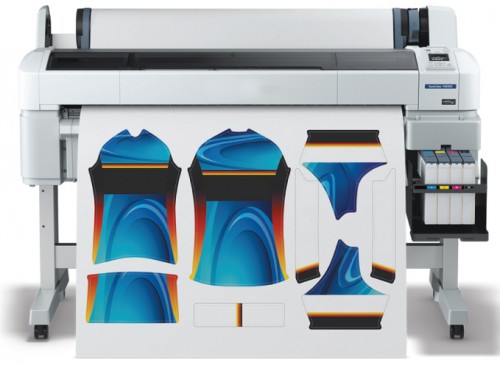
Entering the market
It is not inexpensive to enter the dye sublimation field. While a sign shop may already have appropriate computers and graphics software in place, with plenty of disk space for high-resolution art files and the right tools for colour correction and management, it is not likely to be equipped with the other necessary components.
Printer
While there is a broad range of versatile wide-format printers available today for sign shops, not all printers will work with dye sublimation. The chosen model must be compatible with easily accessed consumables. Laser printers can be used for smaller graphics, for example, because dye sublimation cartridges are available for these devices. The choice will depend on the sign shop’s specific needs, in terms of what products it will offer using dye sublimation, which can range from personalized coffee mugs to building-façade-sized soft signage.
Consumables
Depending on the type of printer, the sign shop will need inks, ribbons or toners for dye sublimation.
The differences between inks are extensive and will therefore need to be considered carefully. Toner cartridges vary much less, but can differ in colour. Some black toners are darker and more opaque than others. And some may ‘overspray,’ affecting areas of the substrate that they shouldn’t. With ribbons, on the other hand, there is usually only one choice of product for a given printer model.

